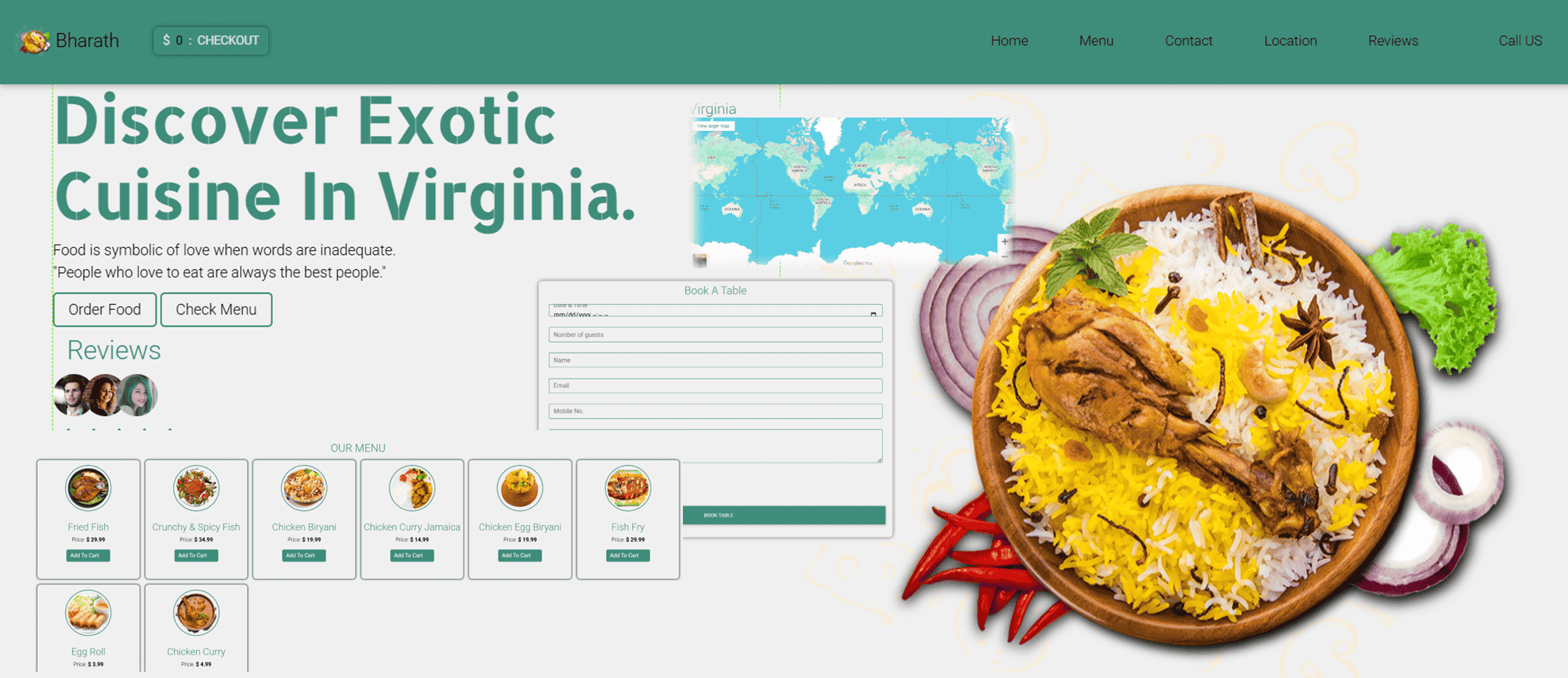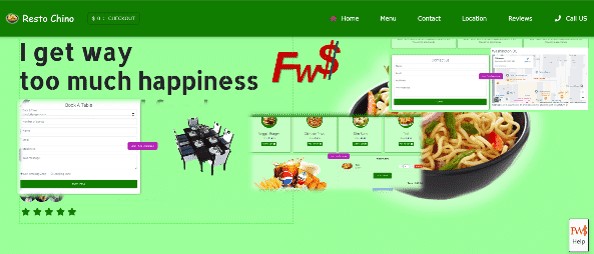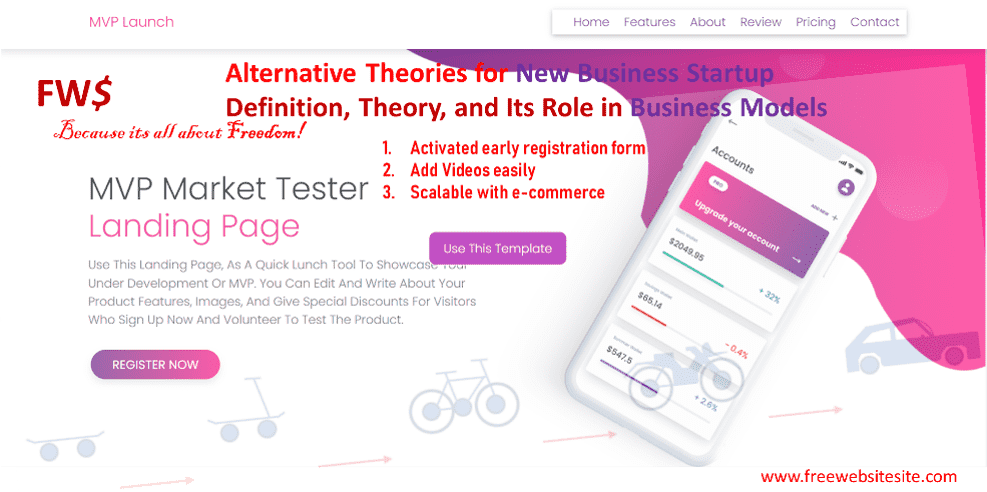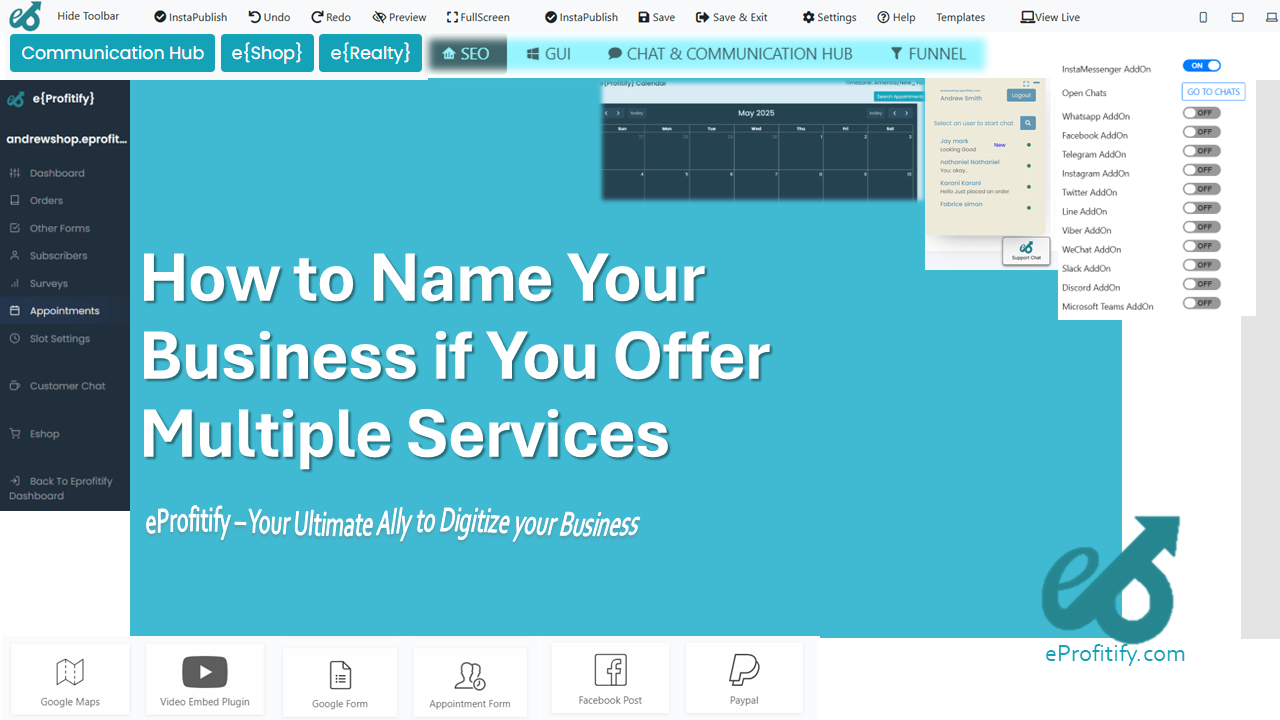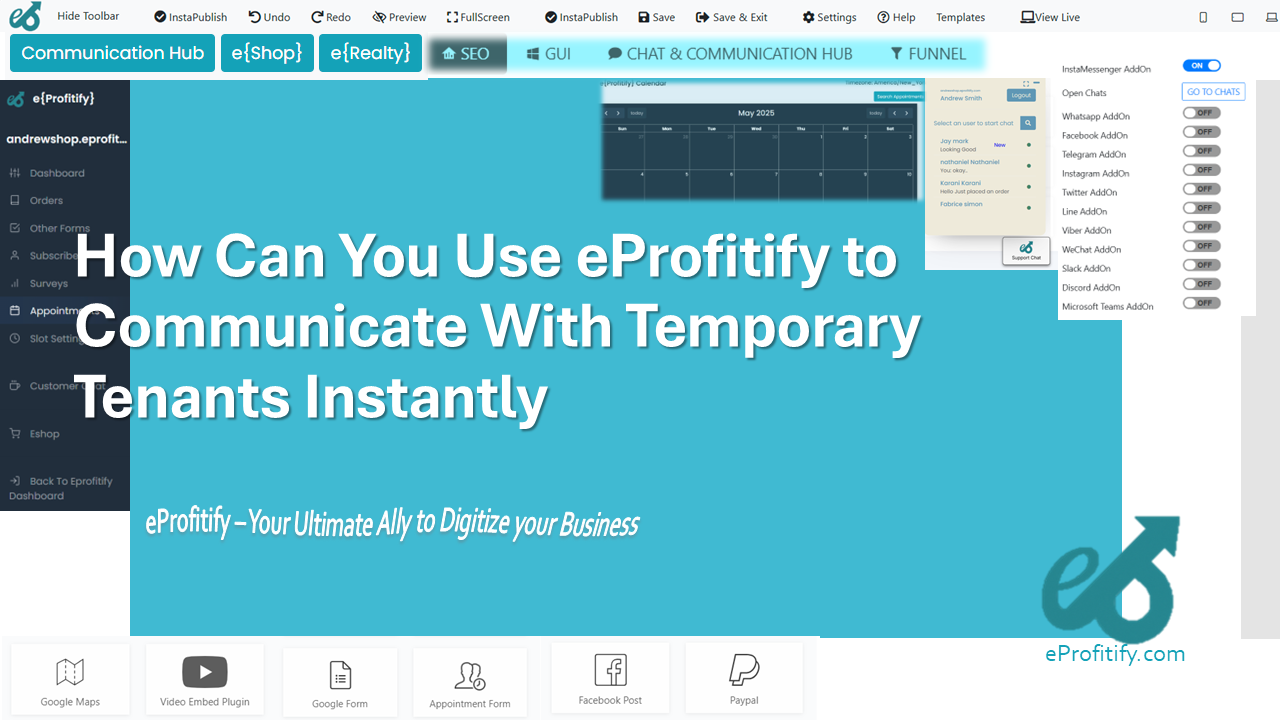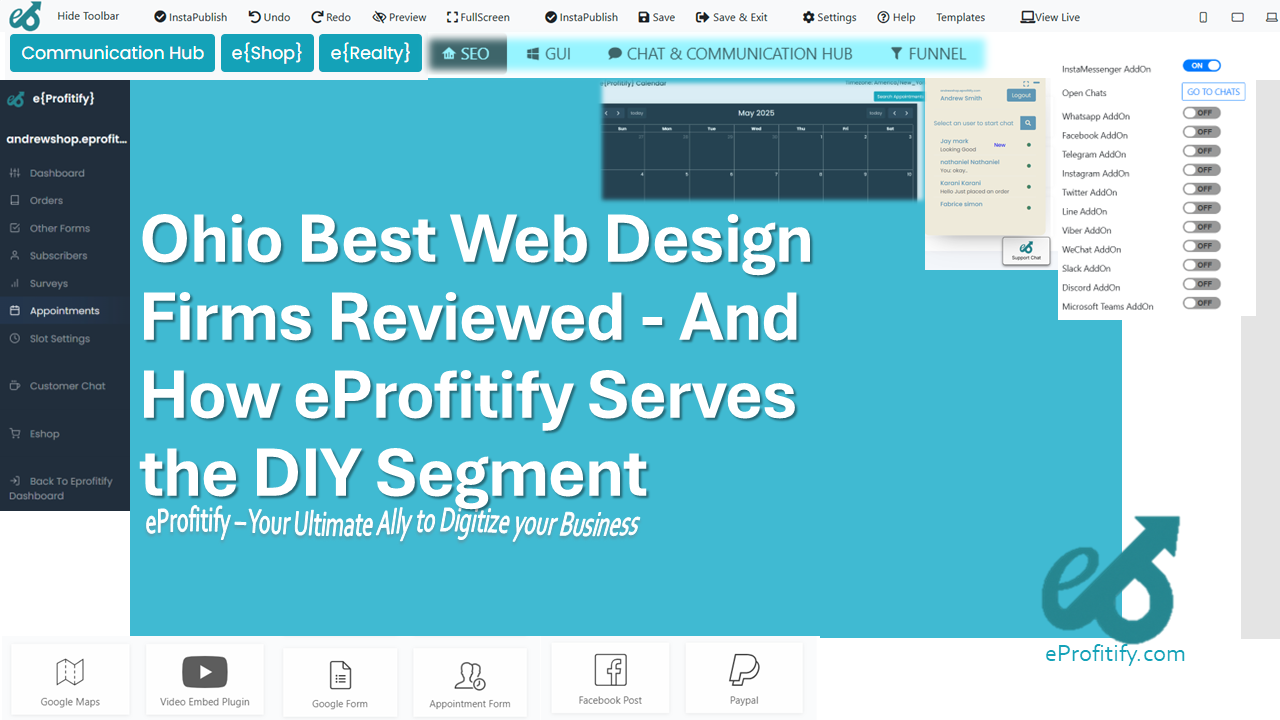How to Come Up With Business Names for Mobile Apps
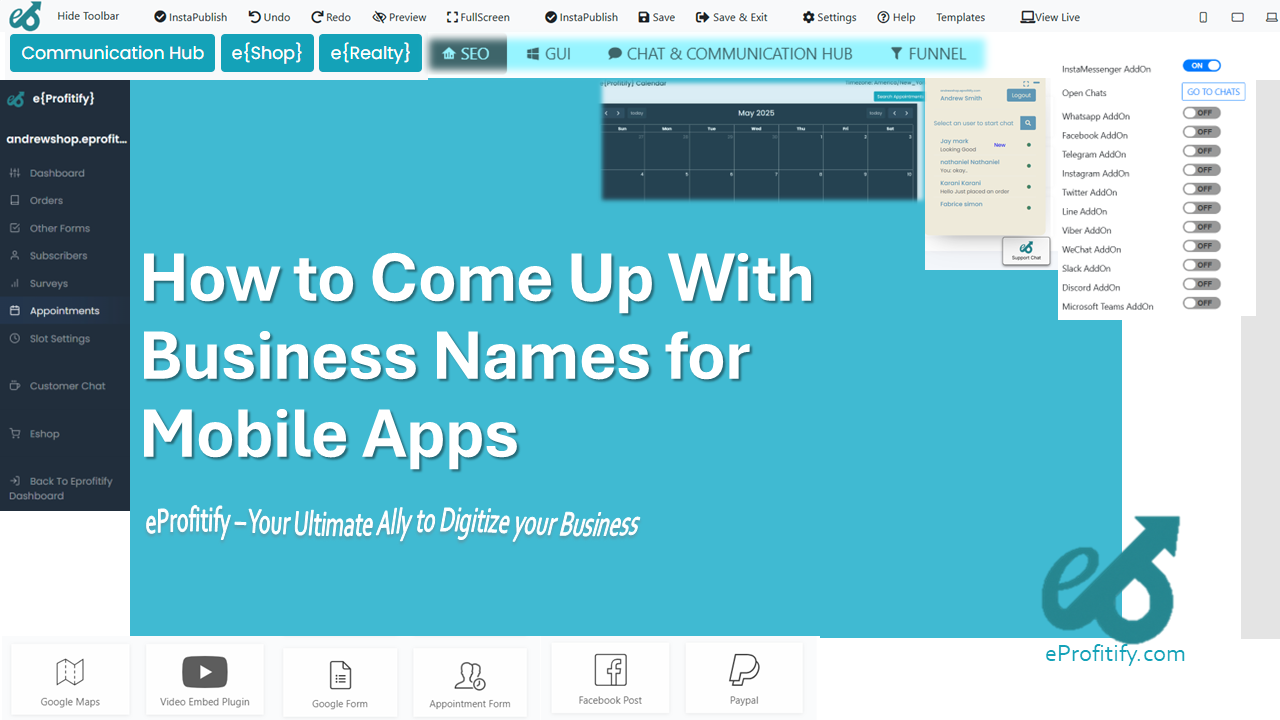
Schedule a LIVE Zoom call with an eProfitify Expert.
How to Come Up With Business Names for Mobile Apps
Naming a mobile app is a critical step in its branding and marketing strategy. A well-chosen name can enhance discoverability, resonate with users, and set the foundation for long-term success. With over 5.89 million apps available across Google Play and the Apple App Store (Statista, 2023), standing out is more challenging than ever. Studies show that 63% of users discover apps via search, making keyword-rich and memorable names essential for visibility. Furthermore, 25% of users abandon an app after one use, underscoring the need for a strong first impression, starting with the name.
Step-by-Step Guide to Creating Effective App Names
-
Identify Core Functionalities and Keywords
Start by listing features, benefits, and target audience preferences. For example, a fitness app might include keywords like “fit,” “health,” or “tracker.” Use tools like Google Keyword Planner or SEMrush to find high-traffic terms. -
Leverage Creativity Techniques
- Portmanteaus: Blend words (e.g., Instagram from “instant” and “telegram”).
- Alliteration: Lyft, TikTok.
- Rhymes: WhatsApp, Shazam.
- Symbolism: Use metaphors (e.g., “EverNote” for memory).
-
Check Availability
Ensure the name isn’t trademarked and that matching domain names (e.g., .com, .app) and social handles are available. Use platforms like Namechk or GoDaddy to verify availability. -
Test for Memorability
Share shortlisted names with focus groups or use A/B testing tools. Research indicates that apps with names under 10 characters are 30% more likely to be recalled. -
Prioritize SEO and ASO
Integrate keywords to improve App Store Optimization (ASO). For instance, the meditation app “Calm” ranks for terms like “mindfulness” and “sleep.” -
Legal Compliance
Avoid trademark infringement by searching databases like USPTO or WIPO.
Best Practices for Mobile App Naming
- Simplicity: 72% of top-grossing apps have single-word names (Sensor Tower, 2023).
- Global Appeal: Avoid slang or region-specific terms if targeting international audiences.
- Future-Proofing: Leave room for feature expansions (e.g., “Zoom” vs. “VideoCallApp”).
Common Mistakes to Avoid
- Overcomplication: Lengthy names reduce retention.
- Being Too Generic: Names like “Chat App” lack uniqueness.
- Ignoring Cultural Nuances: Ensure the name doesn’t have unintended meanings in other languages.
How eProfitify Enhances App Branding and Management
Once a name is chosen, tools like eProfitify streamline app-related website creation and operational management. As a leading website publishing and management platform, eProfitify offers:
- Instant Messaging: Foster real-time user engagement.
- Appointment Management: Simplify bookings for service-based apps.
- Ecommerce Integration: Enable in-app purchases or subscription models.
- CRM Tools: Track user behavior to refine marketing strategies.
- SEO Optimization: Improve website visibility alongside app store rankings.
Businesses using integrated platforms like eProfitify report 40% faster onboarding processes and 30% higher customer retention due to centralized workflows. For instance, a fitness app could use eProfitify’s CRM to personalize workout plans and its ecommerce module to sell wellness products.
Conclusion
Creating a compelling app name requires balancing creativity, strategy, and practicality. Leveraging data-driven keyword research, cultural awareness, and SEO best practices ensures names resonate with users and algorithms alike. Post-launch, platforms like eProfitify empower businesses to scale efficiently by unifying branding, customer engagement, and sales management under one roof. In a competitive marketplace where 21% of apps are abandoned after one use (Localytics), a strong name paired with robust tools like eProfitify can make the difference between fleeting visibility and lasting success.
